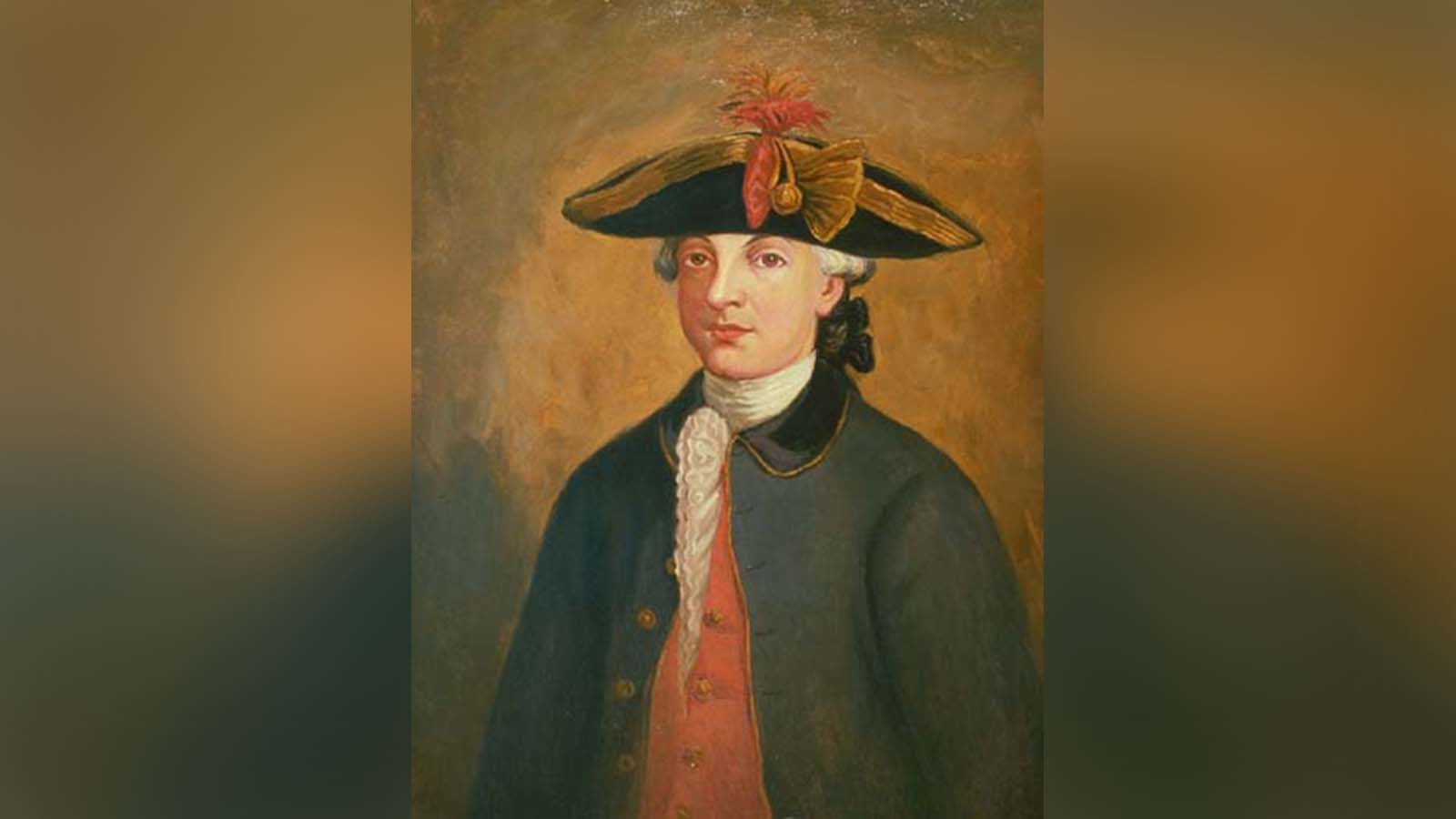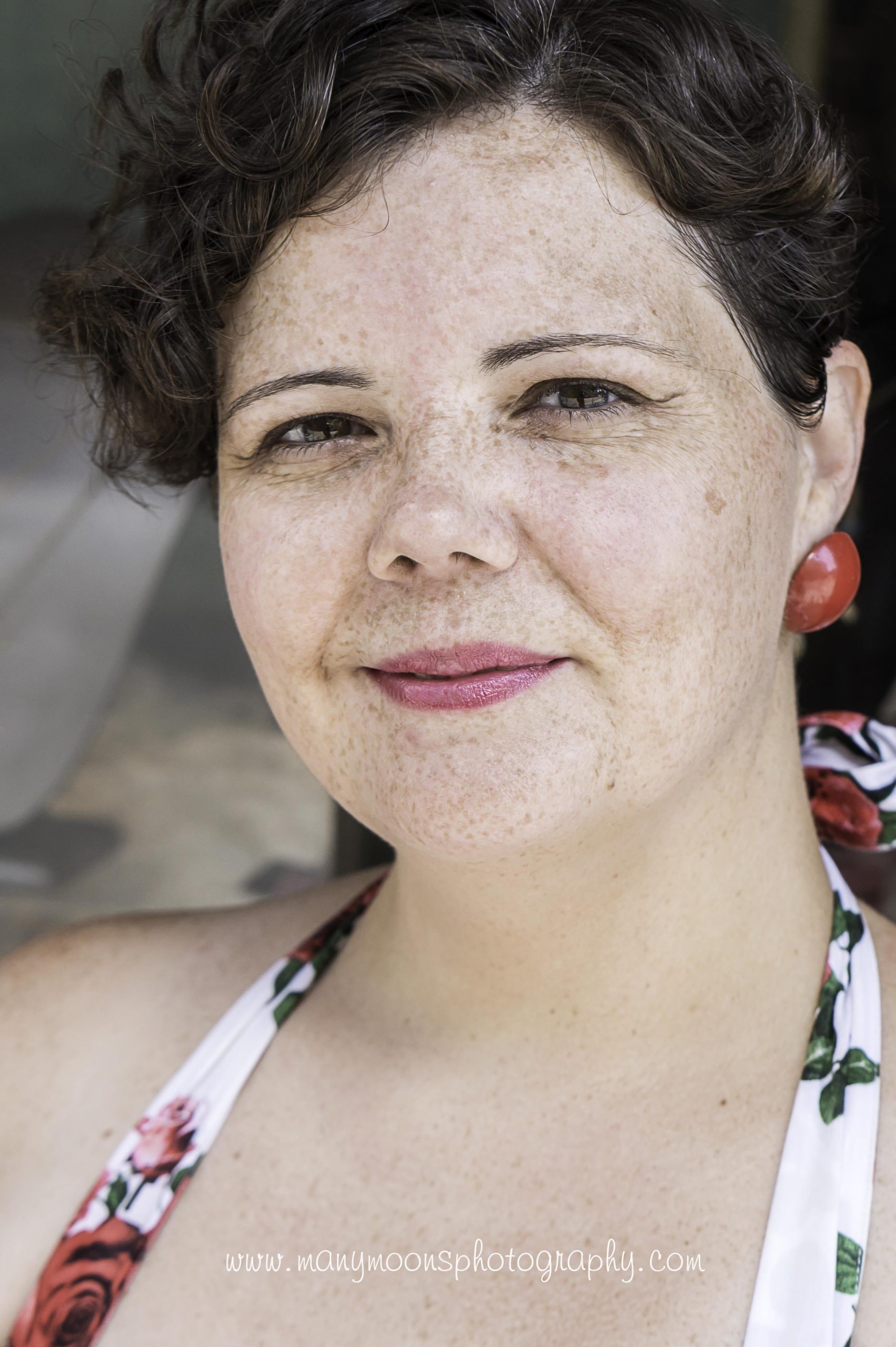New Orleans is a city of resilience. It’s a phrase we’ve heard many times before, and in the aftermath of Ida, we’re sure to hear it many times again. While some might consider it cliché at this point, clichés are rooted in truth. And the simplest truth here is that New Orleanians are resilient, both because we can call no other place home and because that’s the way it’s always been here. From the earliest settlers to the modern-day, to be a part of New Orleans is to be a survivor.
One of our earliest governors, Don Esteban Rodríguez Miró, embodied the traits New Orleanians today emulate every time heartbreak happens, be they personal devastations or a natural disaster. When fire decimated the city in 1788, Gov. Miró worked to feed and house displaced people with his own money while using his political position to implement policy changes that helped make New Orleans the city it is today.
Miro’s arrival
In 1778, 34-year-old Lieutenant Esteban Miró arrived at a colony filled with swamps, thick virgin forests, and one of the mightiest rivers in the New World. Its capital, New Orleans, was little more than a rustic village often beset by plagues of yellow fever, devastating hurricanes, and corruption. Added to this was the constant threat of invasion by rival nations and the stirrings of revolution within the colony.
Miró was a military man who’d earned the rank of Lieutenant while serving in Mexico during the 1760s and early 1770s. Upon settling in the Louisiana colony, he served under Bernardo de Galvez in Spanish Florida against the encroaching British. Miró impressed Galvez so much Galvez made him acting governor of the Louisiana Territory in 1782. While this was no doubt quite a leap in stature for Don Miró, it also put him in the tricky position of maintaining friendly relations with the local Native Americans, keeping the British out of the territory, and having to negotiate diplomatic relations with the newly formed United States of America all while keeping smuggling to a minimum and making sure the Gulf of Mexico and the Mississippi River stayed closed to any ships except those from Spain.
As you can imagine, this was no small task. But Miró was savvy and took his first steps into political life with great care and consideration. He followed Spanish political convention and married into the wealthy and powerful Macarty family, kin of the now-famous Pontalbas. The King of Spain was happy with this alliance as Spanish nobles marrying into the socially powerful Creole class helped to cement Spanish rule over the colony in a time when many French citizens wanted badly to overthrow who they saw as the Spanish usurpers. Miró did so well during his temporary tenure as Governor that the position was made permanent only four years later.
The Great Fire of 1788
This was fortuitous timing as only two years after that, the Great Conflagration, or the Great Fire of 1788, occurred and effectively wiped out the burgeoning city of New Orleans, or what is today the French Quarter. The fire started in a private home on Good Friday and quickly spread through the cypress-wood buildings tightly packed together. Helped by strong winds, the fire destroyed 856 buildings of the 1,100 that stood at the time in only a few hours. Miraculously, only one person died as a result of the fire after having been overcome by heavy smoke while trying to save valuables from his home.
What happened next made Miró one of the most beloved of all Louisiana governors. As the smoke cleared on that horrible Friday evening, thousands were left without any earthly possessions save what they wore. Homes, warehouses, and every bakery in the city had been destroyed leaving the people without shelter, employment, or a way to make the life-saving bread that would be needed to feed the populace. In this devastating aftermath, Miró stood outside of his still intact house on Royal Street, handing out his own money to people based on their needs. He ordered the Spanish Army to give tents to everyone who could not be housed in the unburnt buildings while starting plans to build a dormitory along the riverfront to provide more permanent housing for the displaced as the city was rebuilt. As night fell over the still-smoldering ruins, every person had a roof over their head, be it slate or canvas.
The cycle of rebuilding
In the following days, Miró acted quickly and decisively to save the city from further harm. He put a freeze on prices so that no one could gouge the unfortunate when goods began to come back into the city. He had a ship which had been bound for Natchez with supplies, including hard biscuits, unloaded and distributed among the people until other foodstuffs could be secured. And thanks to his orders to all farmers upriver to send produce and other food to New Orleans, the people of the city didn’t have to go hungry for long.
Miró made even more bold policy changes to ensure the city would survive. In 1784, the Spanish Crown had sealed off the Mississippi River to the United States in an effort to keep the new nation from trying to claim Louisiana as their own. Miró, with the help of the Spanish Ambassador, defied convention and sent two ships to Philadelphia to trade for much-needed flour and other goods needed to rebuild.
He also broke the King’s rules by writing to French holdings in the Caribbean asking for supplies. Being savvy as he was, he also wrote to the King of Spain, Charles III, in a gambit to have the King approve opening the Gulf of Mexico to foreign ships. Miró contended that the only way to save New Orleans and secure the colony was to aggressively encourage settlement, bringing in new revenue for the Crown and people to keep Louisiana strong. The King agreed and Miró was retroactively forgiven for acting outside of the law to save the colony.
What no one could have known at that point was the long-lasting changes Miró’s new policies would have on New Orleans. His opening up the city to foreigners brought about a new age of prosperity for Louisiana. The City of New Orleans became a place of culture where people from many nations gathered and exchanged goods and ideas. By opening up the Gulf of Mexico and the Mississippi River, settlers were indeed encouraged to come to the wilds of Louisiana and the few thousand people who resided there when Miró arrived in 1778 grew to thousands more.
Miró effectively remade Louisiana during his time as Governor. In anyone else’s hands, New Orleans most likely would have been lost to history, just a footnote in a textbook few read. Instead, Miró defied the Crown and won, and in the process, set the stage for New Orleans to become a world-renown city where cultures meld and kindness to your neighbor became a necessity of survival in a place where the only certainty people have is each other.
Cover photo courtesy Wikipedia Commons







